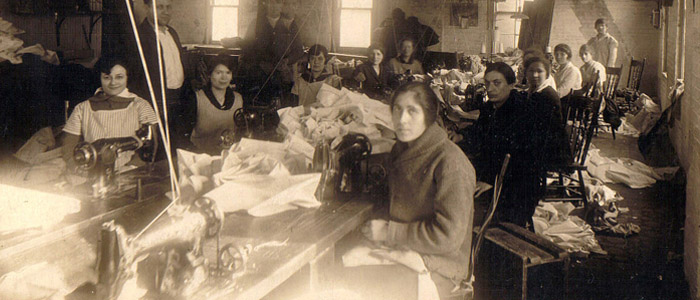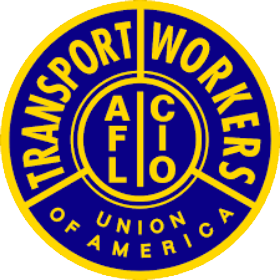Published 22 Mar, 2012
On Friday, March 23 people will gather on Washington Place and Green Street in New York from noon to 1 p.m. for the 101st Triangle Shirtwaist Factory Fire Commemoration.
The commemoration is for the Triangle Shirtwaist Factory Fire that occurred on March 25, 1911 when a fire erupted on the top floors of a shirtwaist factory in a Manhattan that in just 30 minutes would take the lives of 146 workers,mostly young women. The horrendous event sparked reform in workplace health and safety as well as a drive to organize garment workers, but 101 years later workers are still struggling for safe workplaces and a voice on the job.

The 101-year commemoration is a reminder that workers often risk their lives when they go to work and that large corporations continue to evade their responsibilities and cut costs at the detriment of health and safety. Last year’s Deepwater Horizon disaster in the Gulf of Mexico that claimed 11 lives and the Upper Big Branch coal mine explosion that killed 29 miners are painful reminders of the human costs of corporate irresponsibility and what happens when workers’ don’t have a collective voice to advocate for safer working conditions.
The Triangle Fire was one of the most horrendous and deadly industrial accidents of the 20th century and is a symbol of deplorable sweatshop working conditions. The young immigrant women, some only 15 years old, toiled in the hot and noisy factories seven days a week from 7 a.m. to 8 p.m. for $6 a week in unsanitary conditions and under exploitative subcontracting arrangements with few breaks. The workers were non-unionized and the bosses wielded dictatorial control over the workplace. The exhausting dangerous work left them trapped in poverty.
On that March day, 500 workers came to work at the Triangle Factory in the Asch Building on the northern corner of Washington Square East in Manhattan, but 146 of them would not return home that evening. A blaze began on the 8th floor and quickly spread. Tragically, the owners kept the one exit door locked and the fire escapes were flimsy and didn’t reach the street. Faced with red-hot flames, many women jumped out of the windows to the horror of passerby’s on the street below.
Unsafe working conditions and the owners’ disregard for the safety of their employees exacerbated the death toll of the fire. Locked doors, no evacuation procedures, inadequate fire exits and a lack of water to put out the flames, turned the fire into a deadly industrial homicide.
The images and stories of women dying in the burning factory horrified and galvanized the city and the country. Garment workers in unprecedented numbers organized unions, while politicians were forced to create health and safetylaws, improve fire codes and enhance workers compensation. The most deplorable sweatshop conditions were eradicated and workers in many industries won improved working conditions.
However, the mobilization after the fire did not come out of nowhere, but was the result of years of union organizing. A year and a half before the fire,20,000 female garment workers went out on a mass strike in New York City demanding better pay, shorter hours and recognition of their unions. The large companies, like the Triangle factory owners, resisted and were able to get workers to return to work with some improvements but rejected closed shops and collective bargaining. Thus, the women returned to work in unsafe factories without a voice on the job and the power to stand up to management.
The anniversary of the Triangle Shirtwaist Factory fire is an unpleasant reminder of the costs of unchecked corporate greed and the importance of empowered unionized workers. Today workers face a renewed attack on their rights as politicians try to take away collective bargaining and defund programs and agencies that ensure and enforce workplace safety. Companies continue to put profits over people and use a variety of scare tactics to prevent organizing. Yet the events surrounding the Triangle fire are also a reminder that mass mobilization can shift the balance of power and bring about change.
Events are scheduled from march 23-25 and you can visit http://rememberthetrianglefire.org/ for more information.
